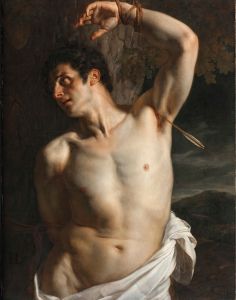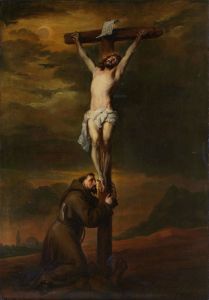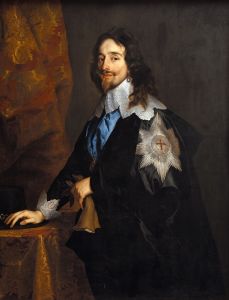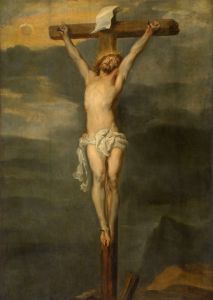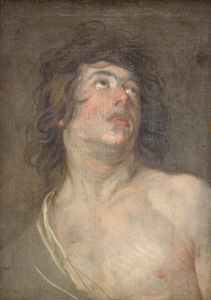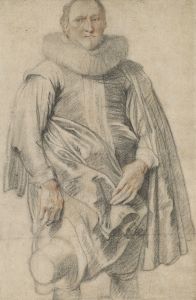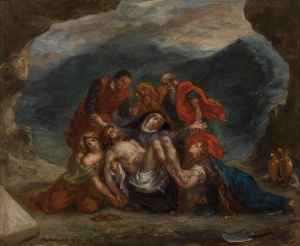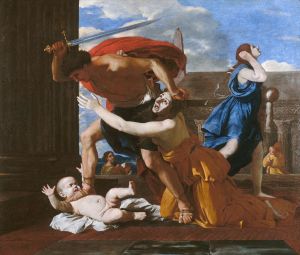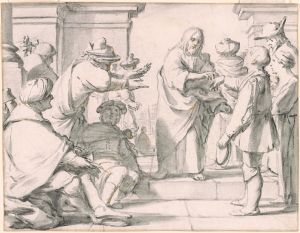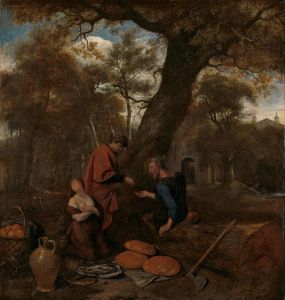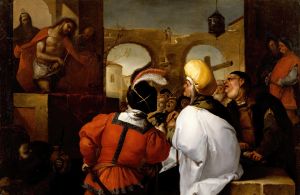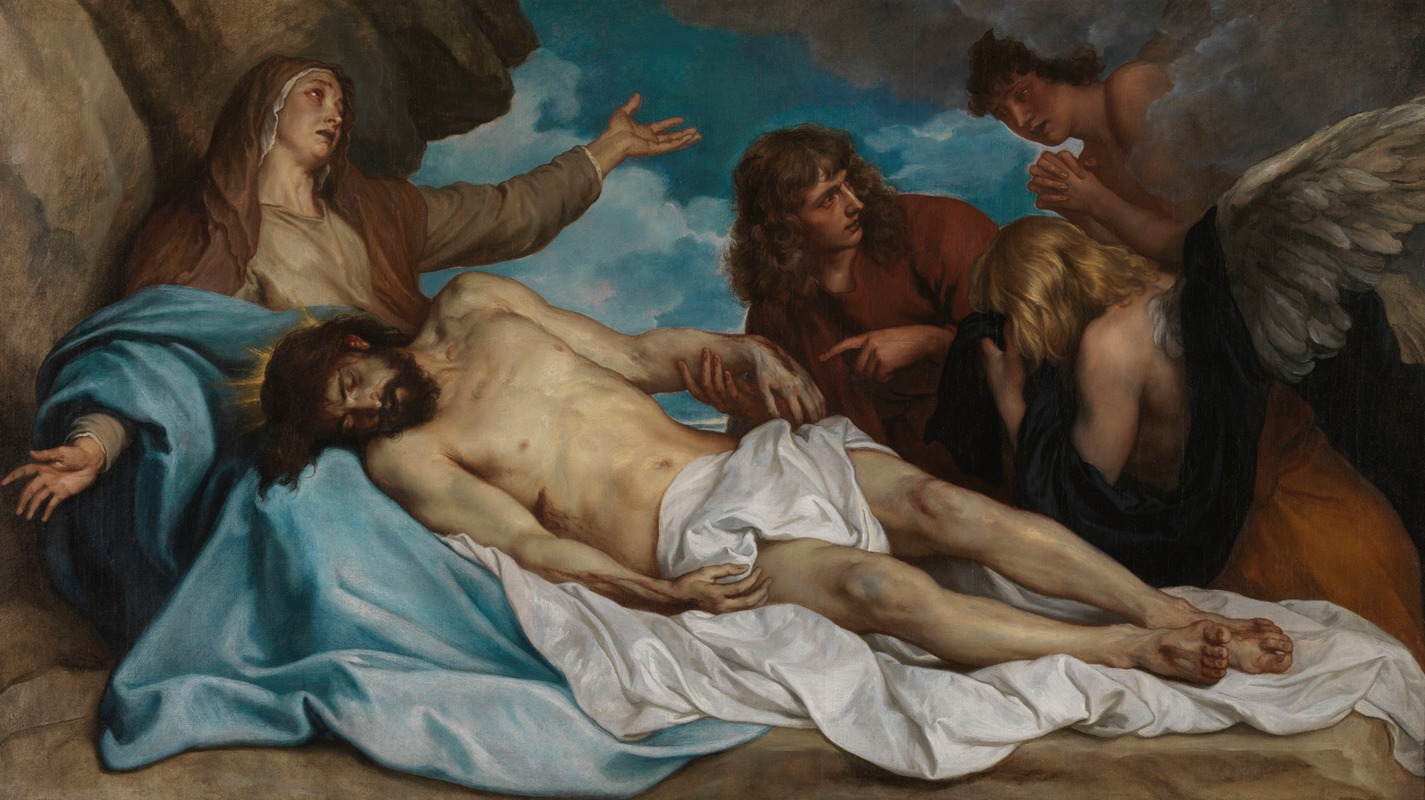
The Lamentation over the Dead Christ
A hand-painted replica of Anthony van Dyck’s masterpiece The Lamentation over the Dead Christ, meticulously crafted by professional artists to capture the true essence of the original. Each piece is created with museum-quality canvas and rare mineral pigments, carefully painted by experienced artists with delicate brushstrokes and rich, layered colors to perfectly recreate the texture of the original artwork. Unlike machine-printed reproductions, this hand-painted version brings the painting to life, infused with the artist’s emotions and skill in every stroke. Whether for personal collection or home decoration, it instantly elevates the artistic atmosphere of any space.
Anthony van Dyck's "The Lamentation over the Dead Christ" is a poignant work of art that exemplifies the Baroque period's emotional intensity and dramatic use of light and shadow. Van Dyck, a Flemish Baroque artist, was a prominent painter known for his religious and portrait works. Born in 1599 in Antwerp, he was a leading figure in the development of 17th-century European art and was heavily influenced by the works of Peter Paul Rubens, under whom he studied.
"The Lamentation over the Dead Christ" depicts the sorrowful scene following the crucifixion of Jesus Christ, a common theme in Christian art that portrays the Virgin Mary, Mary Magdalene, and other figures mourning over Christ's body. This subject matter allowed artists to explore themes of grief, sacrifice, and redemption, which were central to the religious and cultural context of the time.
Van Dyck's interpretation of the lamentation scene is notable for its emotional depth and the delicate interplay of light and shadow, which enhances the somber mood of the painting. The composition is carefully arranged to draw the viewer's eye towards the lifeless body of Christ, which is typically positioned at the center of the work. The figures surrounding Christ are often depicted with expressions of profound sorrow and tenderness, emphasizing the human aspect of this divine narrative.
The use of chiaroscuro, a technique that employs stark contrasts between light and dark, is a hallmark of Van Dyck's style and is effectively used in this painting to highlight the central figures and create a sense of depth. The light often falls dramatically on Christ's body, symbolizing his purity and sacrifice, while the surrounding figures are cast in softer shadows, reflecting their mourning and despair.
Van Dyck's ability to convey emotion through his brushwork and composition is evident in the delicate rendering of facial expressions and gestures. The Virgin Mary is often shown with a serene yet sorrowful expression, embodying both her maternal love and her acceptance of Christ's fate. Mary Magdalene, on the other hand, might be depicted with more overt displays of grief, her hands reaching out towards Christ in a gesture of desperation and devotion.
While specific details about the creation and provenance of "The Lamentation over the Dead Christ" by Van Dyck are limited, his religious works were highly sought after during his lifetime and continue to be studied for their artistic and historical significance. Van Dyck's paintings were instrumental in spreading the Baroque style across Europe, particularly in England, where he served as the court painter to King Charles I.
In summary, Anthony van Dyck's "The Lamentation over the Dead Christ" is a masterful representation of a deeply moving biblical scene. Through his expert use of composition, light, and emotional expression, Van Dyck captures the essence of human grief and divine sacrifice, making this work a significant contribution to the canon of Baroque religious art.





